Yoga, an age-old discipline, is gaining popularity as a revolutionary means of enhancing mental and physical agility in a world that frequently demands both. When it comes to improving agility, both mental and physical, yoga is just as important as its reputation for flexibility. Here we’ll go into how yoga can enhance agility by promoting a balanced development of strength, flexibility, and mindfulness.
Improve Your Agility with Yoga Practice
Physical Flexibility
Yoga’s focus on slow, controlled stretching and postures helps to increase flexibility over time. When one’s mobility is enhanced, they become more nimble and efficient in their day-to-day tasks.
Stability and Strength
Many people mistakenly believe that yoga is only good for stretching, but in reality, it also helps you get stronger. By evenly engaging the muscles, one can improve strength and stability, both of which are essential for quick movements.
Coordination of Mind and Body
Yoga fosters an intimate bond between the two. A fundamental component of agility is heightened coordination, which is fostered by intentional, controlled movements and breath awareness.
Dynamic Sequences
Flowing transitions and dynamic yoga sequences test the body’s reflexes and reaction time. Essential for being nimble, this trains the reflexes and reaction speeds.
Stability Booster
Practicing yoga’s many balance- and concentration-based postures will help you become more stable. The ability to move with grace and react quickly to changes in one’s environment is a hallmark of agility, which in turn depends on improved balance.
Enhanced Mobility
Every joint works to its full potential thanks to yoga’s emphasis on joint mobility. This is crucial for nimble motions, particularly when engaging in pursuits that call for abrupt changes in pace or direction.
Intelligence and Concentration
Yoga’s emphasis on mindfulness helps develop intelligence and concentration. On and off the mat, regular practice improves concentration, focus, and adaptability.
Efficient Breathing
A key component of yoga is controlled breathing; therefore, it’s important to learn how to breathe efficiently. Efficient breathing is essential for supporting physical activity and maintaining mental attention, both of which enhance agility.
You can also read: Yoga Asanas for a Healthy Body and Mind
Flexibility and coordination-enhancing Enhancing practices
Incorporating yoga postures and exercises that emphasize fluidity, balance, coordination, and awareness of one’s mental state can help one become more agile. Here are some yoga poses that can help you become more agile:
Vinyasa: Vinyasa is a kind of yoga in which the practitioner moves fluidly from pose to pose while coordinating their breathing. By fostering fluid, elegant motions, this exercise enhances dexterity.
Sun salutations: Sun salutations, also known as Surya Namaskar, are an energetic sequence of postures performed in a sequence. Cardiovascular fitness, flexibility, and general agility can all be enhanced with the consistent practice of sun salutations.
Vrikshasana and Garudasana: Vrikshasana and Garudasana are some of the most agile yoga poses because they test your stability and balance. Muscles are worked out and coordination is improved in these positions. Strength, balance, and the capacity to move fluidly between positions are all improved with dynamic Warrior sequences like Warrior II to Warrior III. This, in turn, promotes agility.
Using Exercises to Enhance Proprioception: Agility relies heavily on proprioception, the ability to perceive one’s body location. Incorporate activities that test your proprioception, such as maintaining balance on uneven surfaces or with the help of props.
Animated Yoga Moves: Incorporate animal-inspired yoga moves into your practice, such as frog hops, bear crawls, or lizard crawls. These fun accessories improve agility by involving different muscle groups and allowing for more diversified movements.
Fast Changes Between Poses: Work on changing positions quickly, with an emphasis on controlled and smooth motions. By repeatedly changing positions, this exercise trains the reflexes and the body to respond more quickly.
Coordinating Breath and Movement with Mindfulness: Focus intently on how your breath and movements flow together. Practicing mindful breathing can help you focus better and coordinate your movements, which in turn increases your agility.
The practice of drishti, or focused gaze, can be incorporated into balancing positions. This improves focus, steadiness, and reaction time to changes in posture. To know more about yoga and how it can help your mental and physical well-being or to learn yoga, please visit India Yoga School.
Must Read: Mudras: Yoga, Meditation & Chakra Balancing Guide


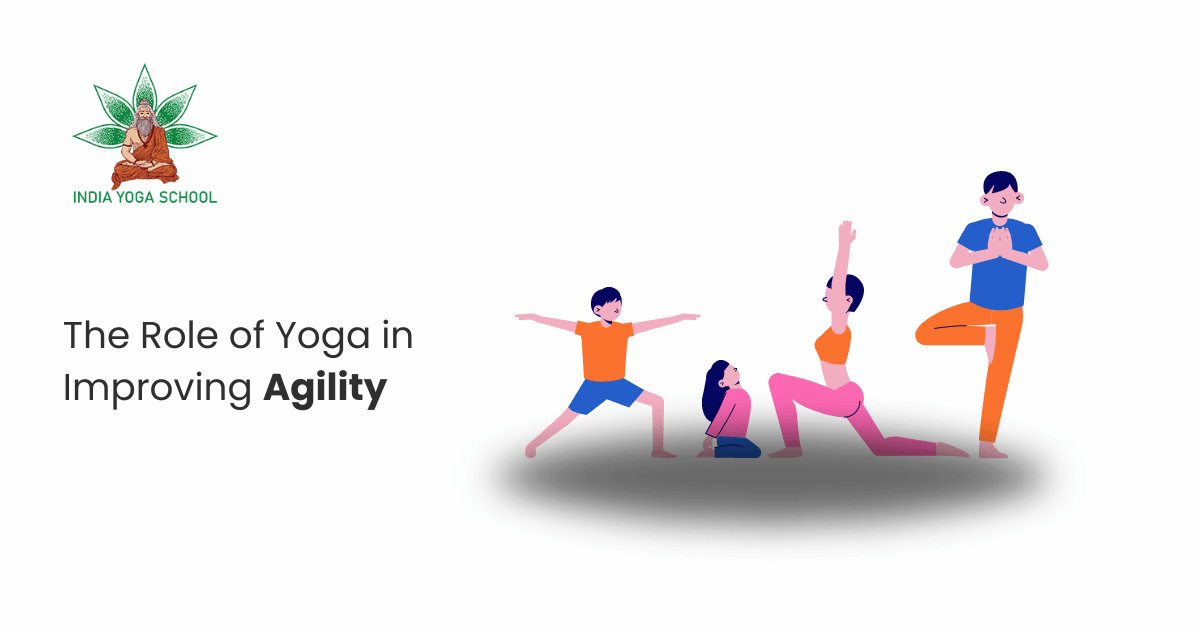
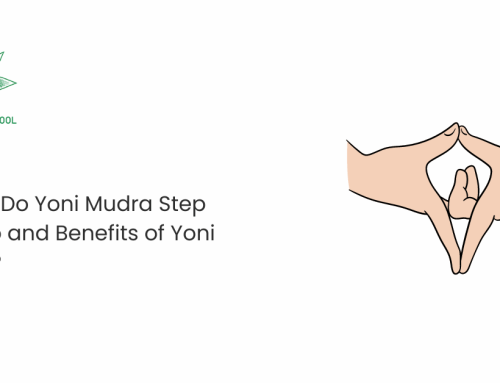
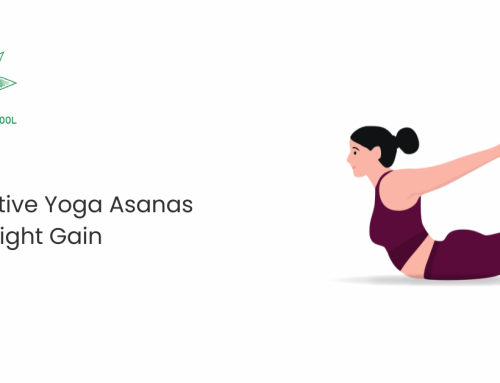
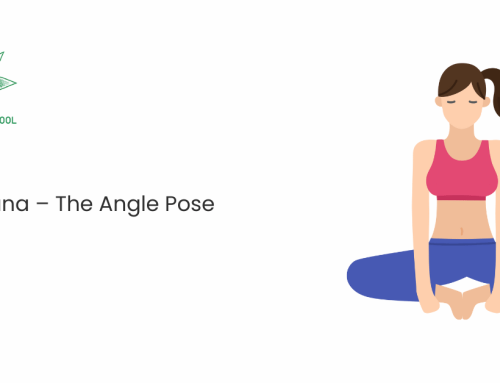
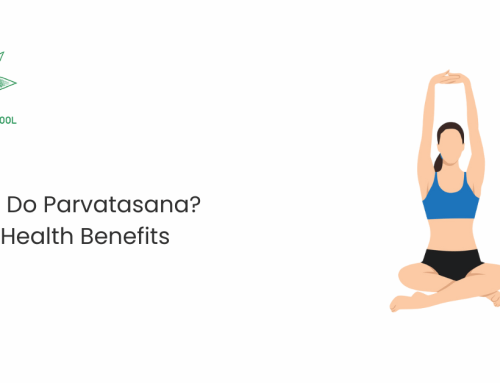
Leave A Comment